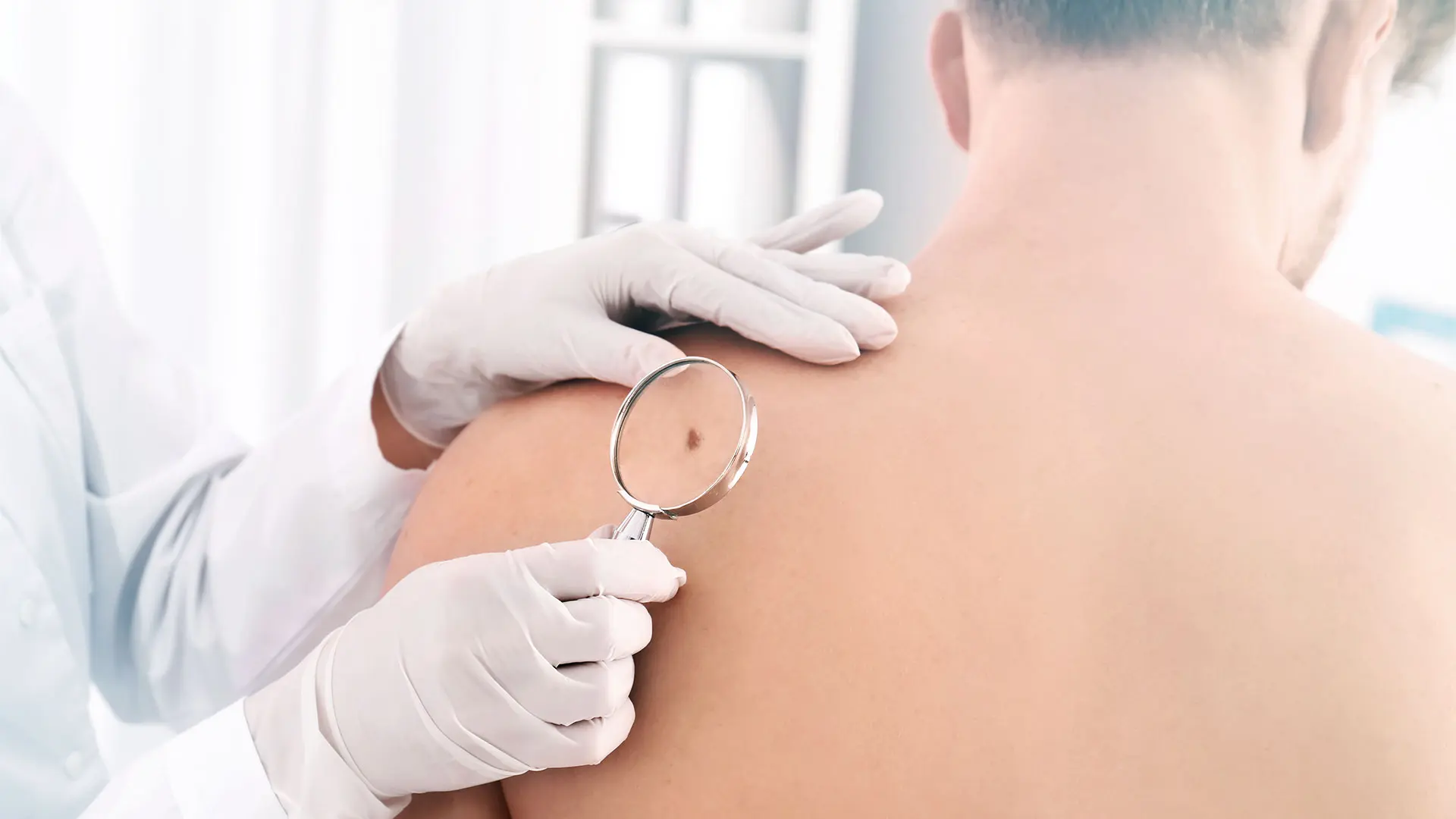Moles/Nevi
SkinCare in Wellesley, MA
Moles, which are also called nevi, are very common and usually harmless. Patients often request to remove a mole that they no longer wish to have for cosmetic reasons. However, some moles may indicate a serious problem that requires attention of an experienced dermatologist. Dr. Rashel Goodkin combines relaxed, patient-focused care with years of expertise in treating dermatologic issues including various types of moles.
Quick Links
What are Moles?
A mole, or nevus, is a collection of cells on the skin which appears as a small spot that may be raised and brown, tan, or pink in color. Moles are very common, and most people have anywhere between 10 and 40 moles. Most of the time, moles are harmless, but there are some types of moles that can present issues that should be treated by an expert dermatologist.
Types of Moles or Nevi
There are several different types of moles which vary in appearance. These include:
- Congenital nevus: a mole the patient was born with
- Common nevus: a mole that is usually smooth, round, and a single, even color
- Dysplastic nevus: an atypical mole, which can sometimes develop into a skin cancer
- Blue nevus: a blue-colored mole most commonly found on patients of Asian descent
- Halo nevus: a mole surrounded by a ring of unpigmented skin
- Spitz nevus: a dome-shaped pink mole
- Reed nevus: a dark brown or black dome-shaped mole
- Agminated nevus: a cluster of similar moles on one part of the body
When Should Moles be Removed?
Some moles can be signs of skin cancer and should be removed as soon as possible. A full skin check performed in a dermatologist’s office can screen for abnormal moles and can be lifesaving. The abnormal moles can often be also detected first by an at-home, routine skin check, which patients should be in the habit of doing about once a month. Call Dr. Goodkin if your moles have the following:
- Asymmetrical shape
- Irregular border
- Changing or uneven color
- Larger than a pencil eraser in diameter
- Changing shape, size, color, or height
Even if your moles are benign and do not present signs of skin cancer, you may choose to have them removed for cosmetic reasons. Some people are simply unhappy with the appearance of a noticeable mole, while others may find that a raised mole snags on clothing or causes similar inconveniences. Whatever the reason, most moles can be easily removed by a dermatologist if you choose.
How are Moles Removed?
For cosmetic or comfort reasons, moles can often be shaved. This is a simple, fast procedure. Sometimes removal of moles requires the use of stitches. Depending on the mole, if sutures are required, the mole may be removed by using a punch biopsy instrument or surgical excision. Surgical excision involves using a scalpel to carefully remove a mole with a deep base. Dr. Goodkin will then use sutures, or stitches, to carefully close the incision. The procedure is performed under local anesthesia and usually takes about half an hour.
All mole removal options involve the risk of some scarring, though Dr. Goodkin will be careful to use techniques that result in as little scarring as possible.
Schedule an Appointment
To schedule an appointment for mole removal or if you believe a mole may be irregular, call Dr. Rashel Goodkin’s office at 781.227.7977. You may also request your appointment online.
